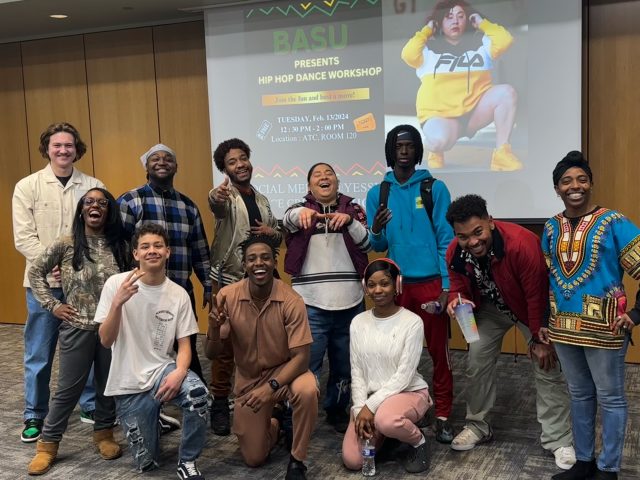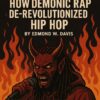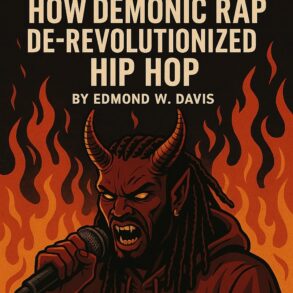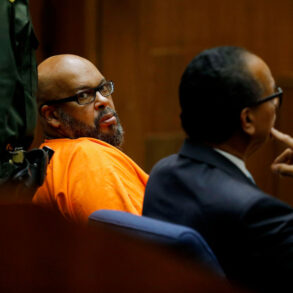
Heading into the Black Africana Student Union’s (BASU) Dance Workshop on Feb. 13, I was expecting to cover this event and I was in reporter mode. When I arrived in Room 120 at the Applied Technology Center, there weren’t many people there. But after the music started rolling, it seemed like the room filled up and the energy increased. All of a sudden, I jumped in and gave it my all and danced like it was my wedding. In this instance, I didn’t care if I looked silly or if I was a journalist dancing at a student event, all I could think about was how much fun I was having and the smiles around me.
Prior to arriving at the event, I expected this to be similar to another BASU Social Hour event I had covered a week earlier. During that event, I was enlightened on the hardships Black college students go through and also learned more about the practice of alternating between two or more languages, otherwise known as code-switching. But the dance workshop event was a different experience entirely. I didn’t just cover it as a journalist, I experienced the event like a typical student.
In partnership with the Office of Diversity, Equity and Inclusion, the event started with instructor Yesenia Gomez giving an introduction to dances associated with hip-hop, while also sharing a bit about the history of its culture.
“Although there is some Spanish and Puerto Rican descent in some of these dances, most of it derives from African tradition and culture,” Gomez said. “I am honored and privileged to be accepted into the culture.”
Gomez dove into the four pillars of hip-hop, which are deejaying, rapping, graffiti, and break-dancing. As someone who listens to hip-hop every day, I was not surprised these were the four pillars of hip-hop culture. Gomez dove into the history of hip-hop and explained that hip-hop was not only a type of music style, but it was a way of life for many individuals worldwide.
After Gomez finished with a brief summary of the culture, she shifted to the three main branches of dance moves. The first branch is bounce, the second is rock and the last one is groove.
Each set of dances has a meaning behind it along with a common movement associated with it. Bounce means to move your hands and arms in union with your body. Moving your hands while moving your legs is exactly how these dances went. Unfortunately, I was still taking pictures of the event at this point, so I was not able to experience how to bounce in hip-hop terms.
Next was rock, and these sets of dances were similar to the bounce but different in the fact that it had a bigger emphasis on your shoulders. This is the part of the event where I jumped in, and moved my shoulders like I was hitting the Dougie. I felt like myself out there, blind to potential embarrassment from other classmates. I received the opposite, as BASU President Tyrell Jackson is the one who encouraged me to join in on the fun in the first place.
After moving my shoulders back and forth for about 10 minutes, it was time for a break. I was starting to sweat from this, and I could tell other students were, too. The final set of moves alluded to the groove move. These dances were moves specifically in the lower body, including the movement of your legs, hips and feet. In my favorite part of the event, students were encouraged to freestyle dance in the middle of the circle while the rest of the group cheered them on. This brought many laughs and different stylistic dance moves. After every student finished their freestyle dance, the dancing was done but the event continued on.
Gomez finished the event with words of wisdom and motivation for the group. This part really grasped my attention because she got so emotional over her past and all the adversity she’s been through. Gomez told her story of how she was told she wouldn’t succeed for multiple reasons but that did not stop her from getting to where she is today.
“I’ve been told that I’m too big, too short, don’t have the right body to dance, and that I won’t make it,” Gomez said. “Without these words, I wouldn’t be here today. When you go through hard things, the important lesson is to learn from it.”
Gomez finished up by answering student questions from the group and then the event ended. However, when I thought my time of experiencing the event was over, I was asked to do an interview about the event by Jackson. I was shocked because typically I’m the person interviewing members at the event.
All-in-all, this has to be my most memorable moment so far at GRCC. Just to feel the connection and love from BASU and its members along with learning about the history of my favorite rap genre’s culture was unforgettable. This event is the first time as a journalist that I felt I was a part of the event and invited to take part instead of covering the event and looking to get quotes. It feels enthralling that I learned a lot from this experience and created new memories.
Every event prior to this one, I felt like I had a robotic approach. I’m not sure if that’s because the events couldn’t match up to the Dance Workshop or it was a testament to how welcoming the BASU family is. I believe that it’s a mix of those two along with the feeling that I belonged at that event. As a GRCC student, this is of the experiences that I am most thankful for.
For more information on ODEI and BASU events, visit this website.
This post was originally published on this site be sure to check out more of their content.







